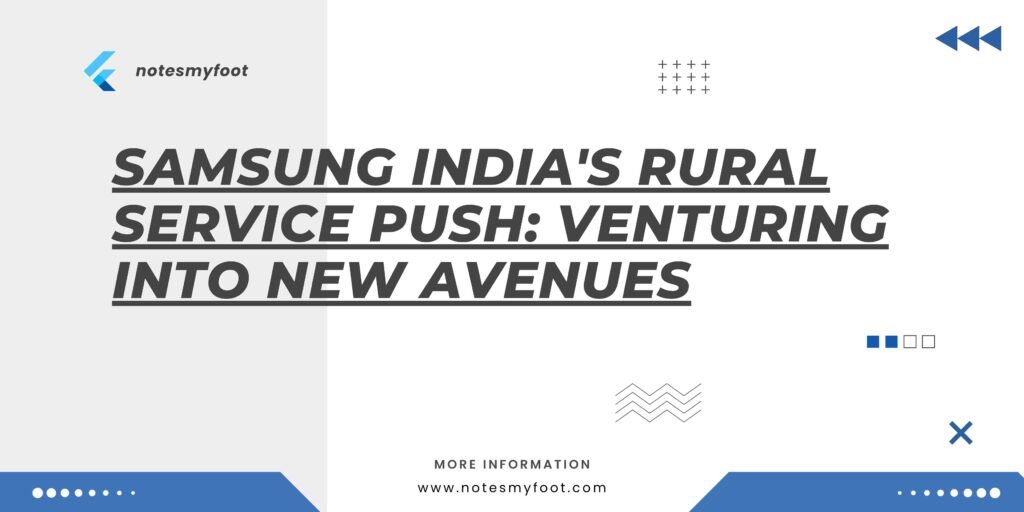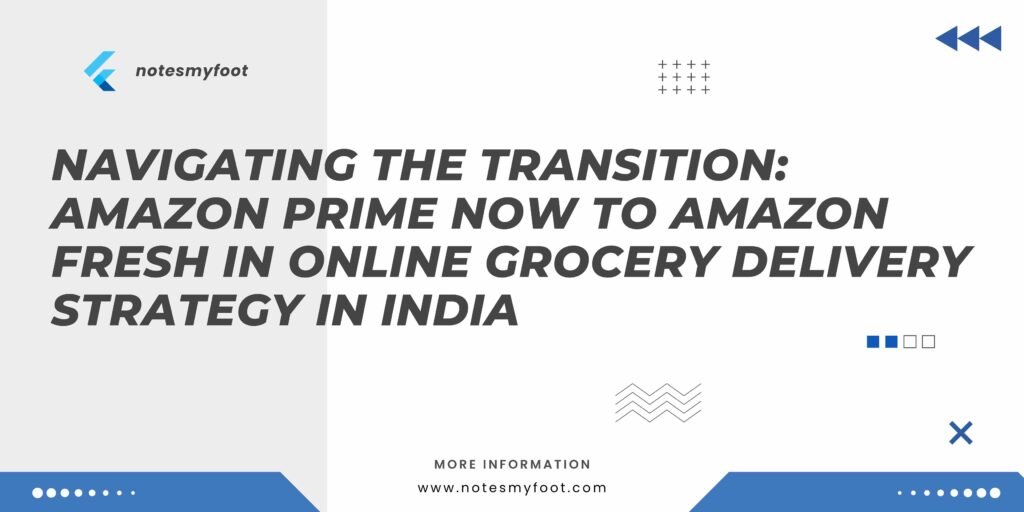
Netflix`s Pricing Strategies Reinventing Netflix
In the ever-evolving landscape of the online streaming market, Netflix has been a dominant player for years. However, recent challenges have led to falling subscriber numbers, prompting the need for a strategic shift. This blogpost delves into the various pricing strategies undertaken by Netflix to arrest this decline and regain its market position.
Section 1: Netflix and its Changing Business Models
Over the years, Netflix has undergone significant transformations in its business models. Initially starting as a DVD rental-by-mail service, it disrupted the industry by introducing online streaming. This shift revolutionized the way people consumed entertainment, positioning Netflix as a leader in the market. Netflix has been able to take advantage of new technologies to expand its reach and capabilities. It now offers streaming services in over 190 countries, making it one of the world’s largest entertainment providers.
Section 2: The Change in Scenario
The online streaming landscape has become increasingly competitive, with the entry of new players and the expansion of existing ones. This change in scenario has posed challenges to Netflix’s subscriber growth, leading to the need for innovative approaches to pricing. Netflix has implemented various strategies to maintain its competitive advantage, such as offering discounts, creating subscription plans tailored to individual customer needs, and adding new features and content. It has also focused heavily on promoting its platform and increasing engagement with customers through targeted marketing campaigns.
Section 3: A Change in Direction
To address the falling demand and market saturation, Netflix has explored various pricing strategies. One such approach is market penetration pricing, where the company offers lower prices to capture a larger market share. By adopting this strategy, Netflix aims to attract new subscribers and regain its momentum.
Section 4: Analyzing Pricing Strategies and Business Effectiveness
Netflix’s pricing strategies go beyond market penetration. The company has also introduced different pricing tiers, catering to different consumer segments. Additionally, the introduction of an ad pricing model has been considered to provide a more affordable option for subscribers. By analyzing the effectiveness of these strategies, Netflix can make informed decisions to optimize its business model. Netflix’s pricing strategies also allow the company to better understand the behavior of its subscribers and tailor its offering accordingly. This can help Netflix identify which pricing strategies are most effective in driving subscriber growth and revenue. Additionally, by understanding which pricing strategies are not effective, Netflix can make informed decisions about its future offerings.
Section 5: Impact on Business Prospects
The implementation of new pricing strategies has a significant impact on Netflix’s business prospects. By offering varied pricing options and adapting to consumer preferences, Netflix aims to retain its existing subscribers while attracting new ones. This adaptability is crucial in a highly competitive market, ensuring a sustainable growth trajectory. Pricing strategies can help Netflix stay competitive and differentiate itself from other streaming services. By offering a range of options for different customer segments, Netflix can tailor its pricing to meet the needs of different types of customers. Additionally, by adapting to changing consumer trends and preferences, Netflix can ensure that it remains relevant and attractive to potential customers.
Conclusion:
In conclusion, Netflix’s journey to revive its subscriber numbers involves a comprehensive analysis of pricing strategies and business model innovation. By embracing market penetration pricing, introducing diverse pricing tiers, and exploring alternative revenue streams, Netflix strives to regain its dominant position in the online streaming market. As the company continues to adapt to the ever-changing business environment, its pricing strategies will play a pivotal role in shaping its future success. Also check out Zara’s Logo Redesign: A Bold Step into the Future?









